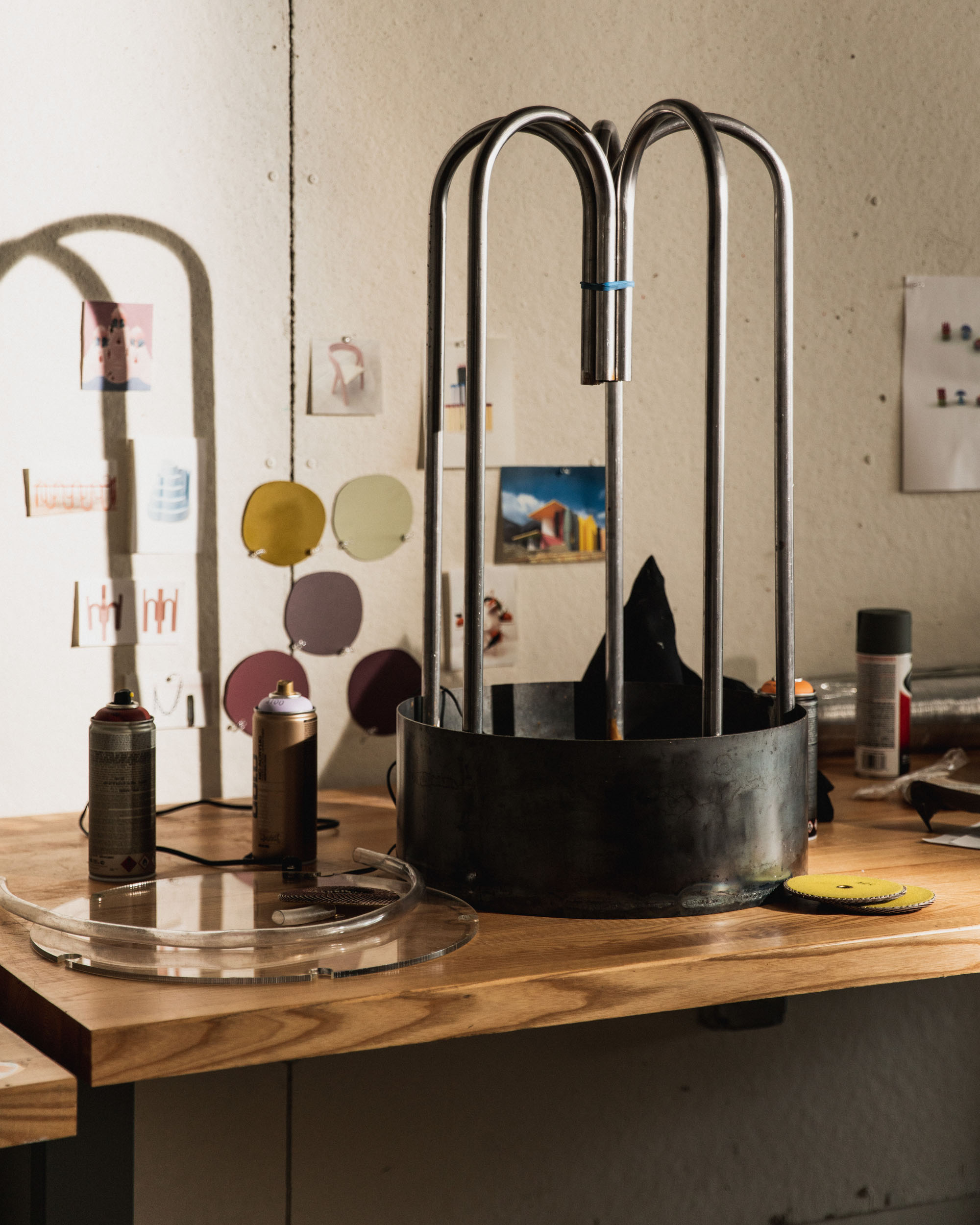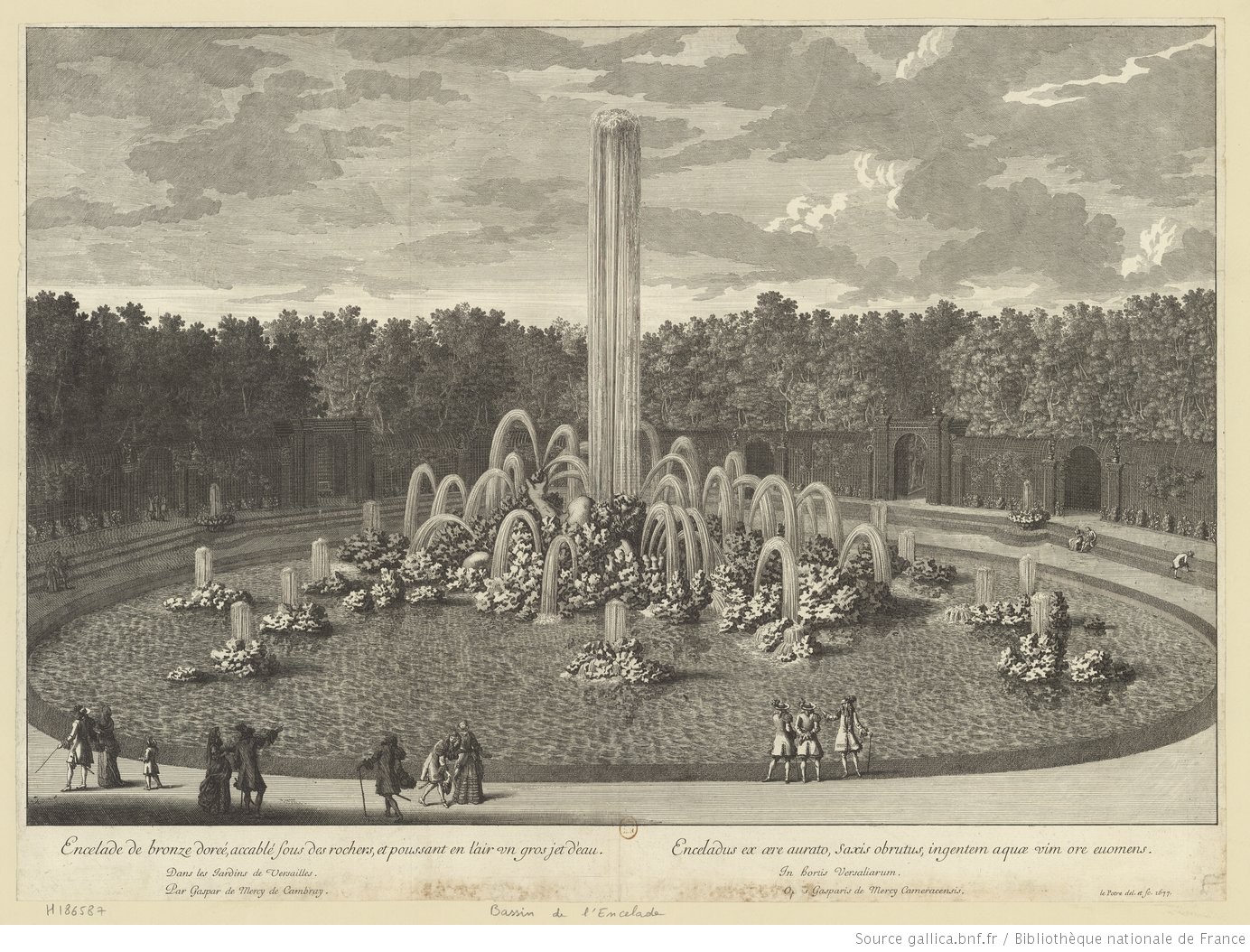| Name | Nadia Kiblisky |
| Class | BFA 2020 |
| Materials | Spray paint, steel, tubing, and water pump |
| Dimensions | 17 x 17 x 28 in / 431.8 x 431.8 x 711.2mm |
The House of Medici gained social and economic dominance in the 15th century in Florence, Italy. They showcased their power through opulent gardens which exemplified utopic Renaissance ideals of order, beauty, and pleasure. These gardens represented an idealized simulation of society–visitors and guests were invited to admire the carefully cultivated landscape. By the late 15th century, the gardens began to include large-scale water fountains with impressive, voluminous projections. Harkening back to Renaissance modes of demonstrating class-based rule, Inverse Fountain rethinks the theatrical abundance of water associated with Renaissance gardens and upper-class social control through both form and function.
 Whatnot Studio
Whatnot Studio








